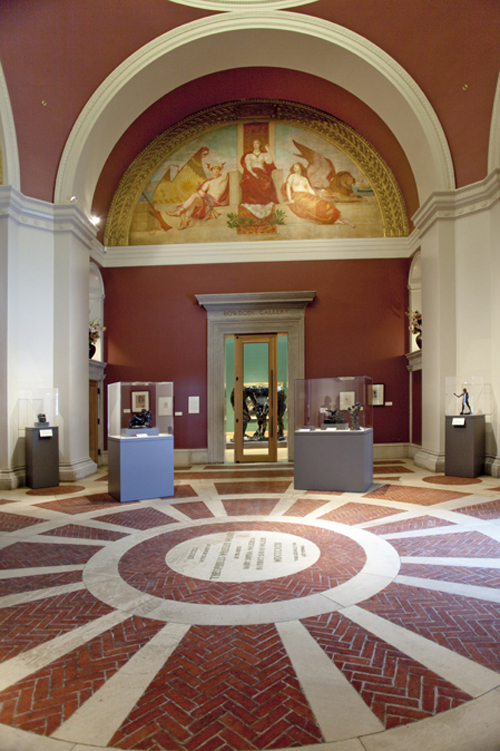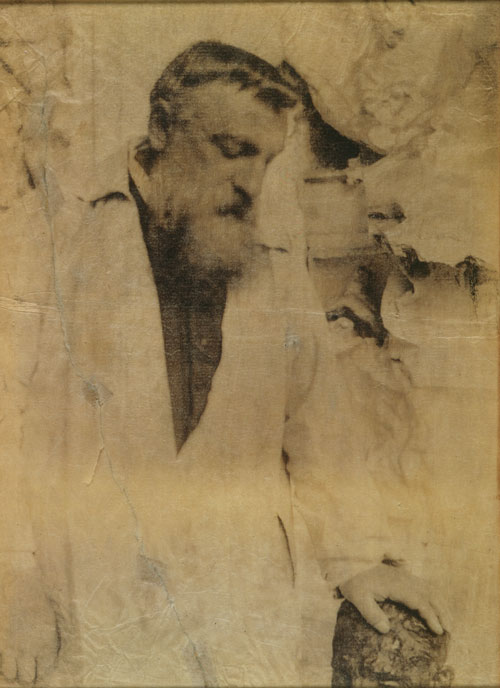Dates:
Location:
Rotunda, Bowdoin GallerySelected Works


About
François-Auguste-René Rodin, the most famous and controversial sculptor of the nineteenth century, shared many of the aspirations that drove Michelangelo, but he also shared one of the Florentine’s failures. Just as Michelangelo never realized his most ambitious sculptural project—the huge and complex tomb of Pope Julius II—Rodin never saw the final casting of his magnum opus, The Gates of Hell. Commissioned in 1880 by a committee of the Ecole des Beaux Arts, and inspired by Dante’s Divine Comedy, The Gates would have represented the entrance to the Inferno (the French title of The Gates is La Porte de l'Enfer). After years of preliminary studies Rodin finally produced a full-scale, plaster version of The Gates in 1886, although it would go through many changes during the next decade and would not be cast in bronze in Rodin’s lifetime.
Although the project was never really completed, Rodin cast several of its 150 figures as individual sculptures, including The Kiss, Adam, the seated figure now known as The Thinker, and The Three Shades, the center piece of this exhibition. Here and in most of the figures “borrowed” from The Gates, Rodin explored both the physical and emotional nature of his subjects, creating in three dimensions the spiritual descendants of Michelangelo’s nudes of the Sistine Ceiling. His later sculptures are often described as a sculptor’s response to Impressionism, and with some reason, given Rodin’s interest in the furtive reflections of light on a moving surface. But like Michelangelo’s nudes, Rodin’s figures combine poses and gestures that speak to the mind as well as to the eye.
This exhibition of bronzes on loan from Iris Cantor and the Iris and B. Gerald Cantor Foundation attests to the artist’s relentless study of the human form. The sculptures are supplemented with works on paper from the Museum's permanent collection.

